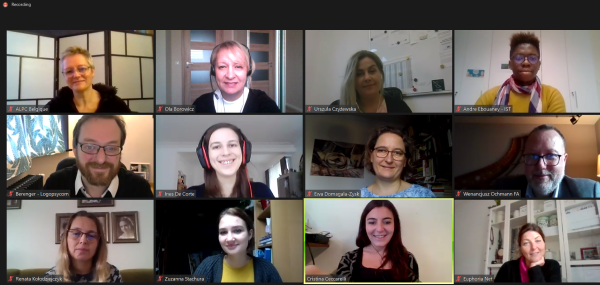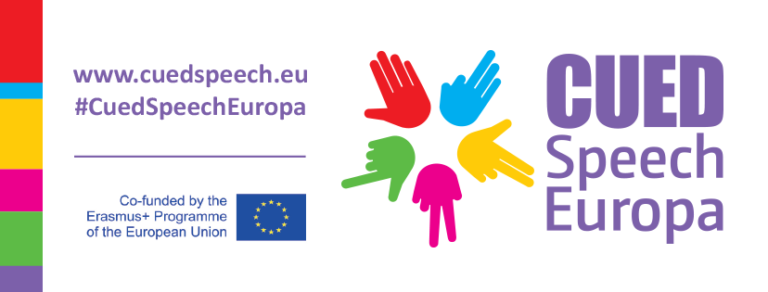If you read our previous article about our project Cued Speech Europa, you now know of some challenges that deaf pupils face in education. You also know that one of the possible adaptations for these pupils could be Cued Speech. Let us have a look at the history of this communication system and its advantages.
History
Cued Speech was invented by Dr. R. Orin Cornett in 1966 in the United States. Cornett was a University professor and later on the Director of Higher Education at the U.S. Office of Education. His interest in adaptations for the hearing impaired grew from the observation that hearing impaired students had more difficulties in reading than their hearing peers.
With the objective to provide equal access to education for all students, Cornett did some research on the possible adaptations that had been tried with these students. He realized that all deaf and hard of hearing (DHH) people did not use Sign Language and that finger spelling systems had failed to keep up with the pace of spoken language.
In English, very little can be understood solely by lip-reading (around 30-40%), which causes a major challenge for DHH children to learn it in the first place, especially when they are born into hearing families. This difficulty can often lead to low language skills in their adult life as well. Having a lower level in their native language also impacts their lip-reading skills as they are unable to identify the sounds they see on the lips. This shows how cyclical and central this problem can become in the lives of people with hearing loss. As they rely greatly on lip-reading, Cornett imagined a system where visual “cues” would indicate the difference between sounds that look alike on the lips. He formed a group of hand shapes to represent consonant sounds and a group of hand positions around the face to represent vowel sounds.
Advantages
Cued Speech has many advantages for the deaf and hard of hearing. Regarding receptive skills, the first one is of course that it helps DHH people better understand spoken language and improve their lip-reading abilities, therefore enhancing their fluency in language comprehension.
A second advantage is better language acquisition. By improving their receptive skills, a development in morphosyntax has been observed, meaning that language structure will be better understood and used after being exposed to Cued Speech.
In addition, the overall improvement of language acquisition for people with hearing loss has shown to improve their lexicon, spelling and reading skills. These improvements give better access for the deaf and hard of hearing to both the spoken and the written language, which facilitates their social life and inclusion in mainstream education.
All these advantages have shown to be even stronger for children who have been exposed to Cued Speech for a prolonged period of time, especially when this system has been used as a complement to cochlear implants. The early and adapted care of hearing loss has proven to be efficient in tackling the difficulties faced by deaf and hard of hearing children both in their social life and in their academic development.
The project

The partners in this project are currently working on the elaboration of two free MOOC modules for DHH pupils, their educators, and relatives. The first module will explain “cueing”, using Cued Speech when speaking, while the second one will help you learn “cue reading”, which will be more targeted at DHH people.
Don’t miss the announcement of the MOOC’s opening! If you want to get the latest news of the project, follow us on social media.
Sources:
- Schultz, Jérôme (2020) Association nationale pour la promotion et le développement de la Langue française Parlée Complétée ‘La LfPC regardée par les sciences’ Available at : https://alpc.asso.fr/wp-content/uploads/Brochure-MAJ-2020-WEB.pdf [Last Accessed on: 12/01/2021]
- NCSA “Dr. Orin Cornett Biography” Available at: http://www.cuedspeech.org/dr-orin-cornett.php [Last Accessed: 12/01/2021]
Project website : cuedspeech.eu
![]() Follow the project on Facebook: @Logopsycom
Follow the project on Facebook: @Logopsycom
#cuedspeecheuropa #erasmusplusproject
Our partners in this project are: Association pour la Langue française Parlée Complétée, Istituto dei Sordi di Torino, Katolicki Uniwersytet Lubelski Jana Pawla II, Euphoria, Fundacja ARTeria

